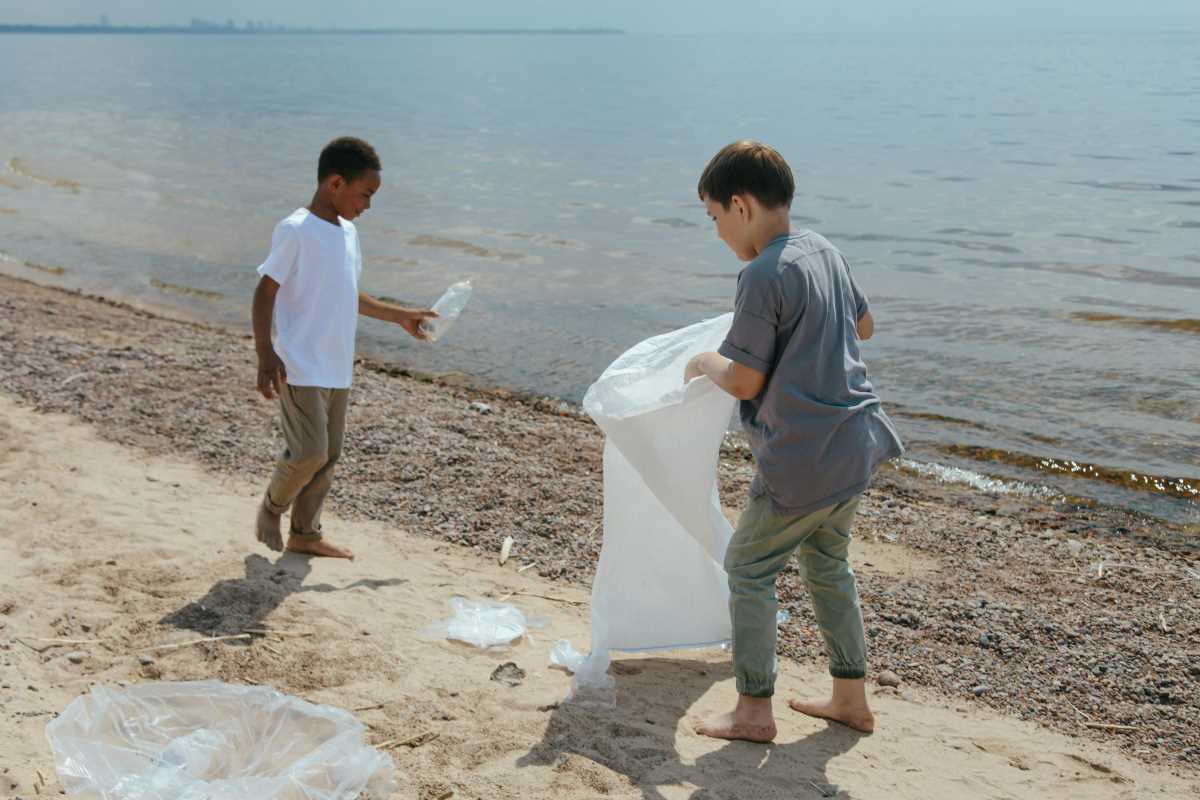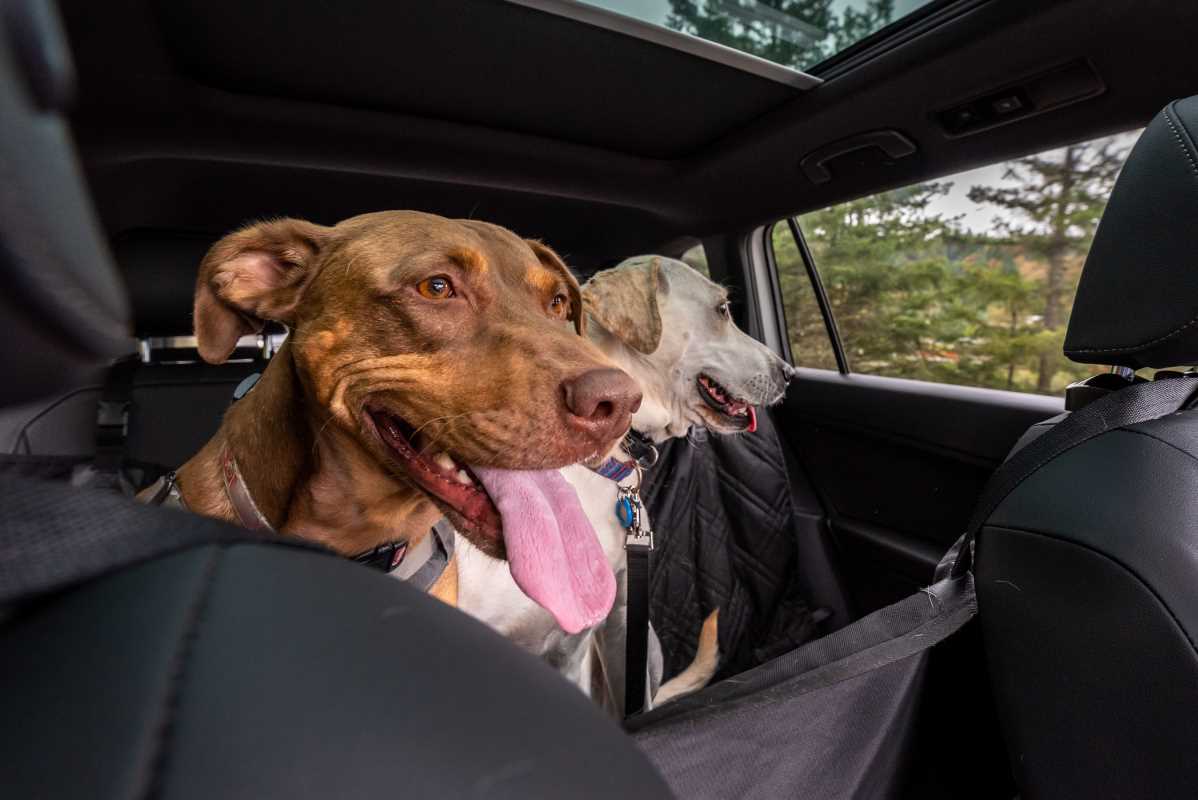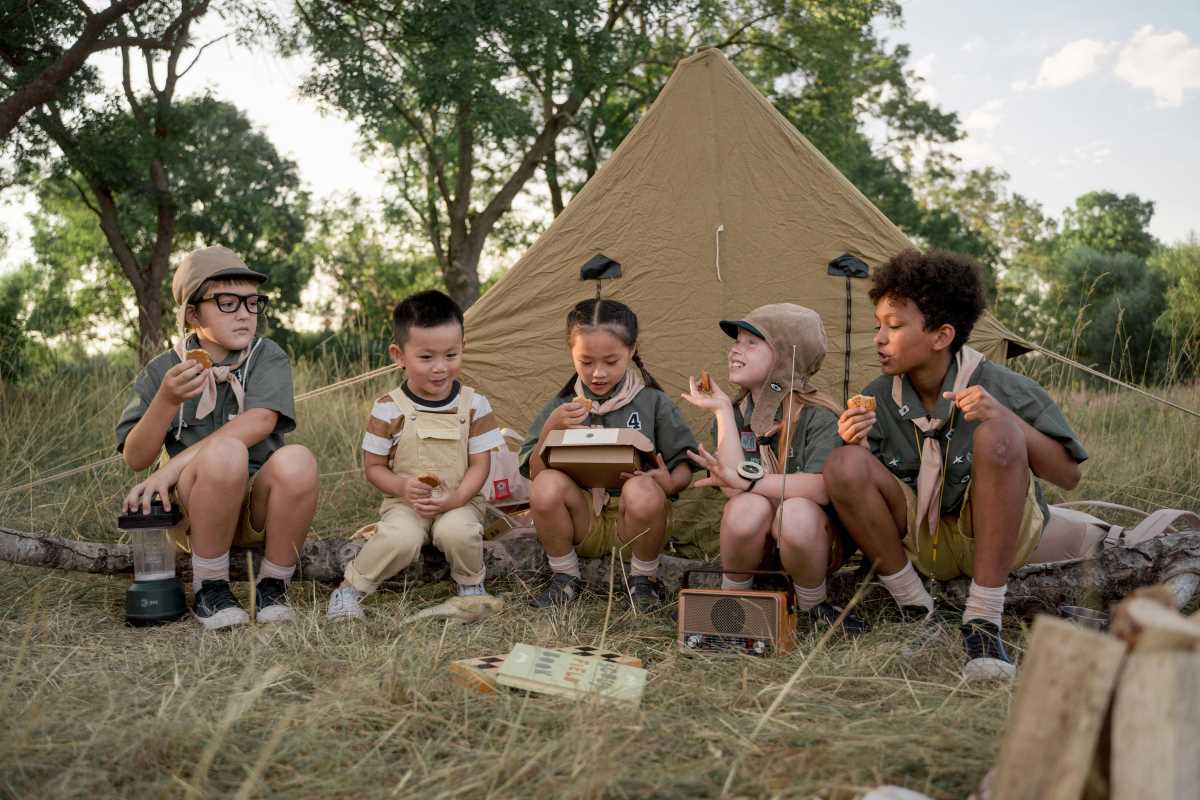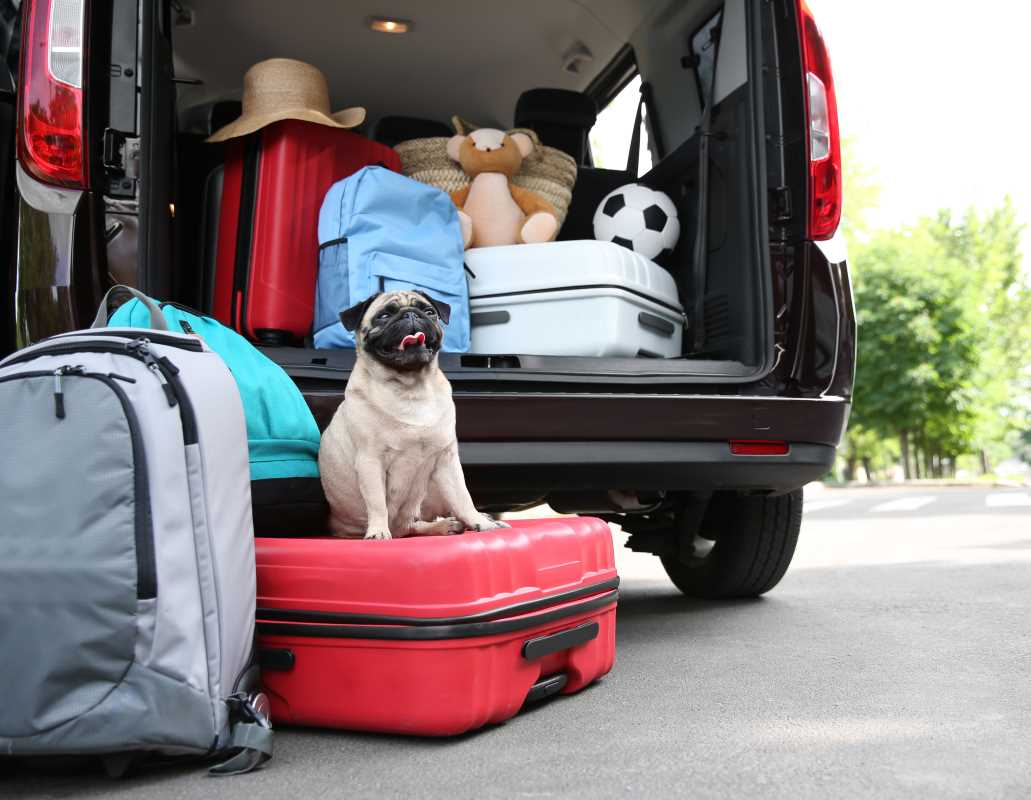Families who set out together on a volunteer trip often collect some of their most memorable moments along the way, from bursts of laughter to quiet scenes of teamwork. Every outing becomes more than just another day when you bring cameras, sketchbooks, and memory jars alongside your sunscreen and snacks. These simple tools help everyone capture the little surprises and big accomplishments that happen during your travels. As you build small habits into each day—like snapping photos, jotting down a quick poem, or tucking away a ticket stub—you gather more than souvenirs. You create a vivid story that everyone can revisit long after the journey ends.
Whether you’re helping build a playground or teaching local kids English games, every stop on the trip becomes a chance to capture something genuine. Sharing that responsibility with children teaches them to notice small details—a brightly colored mural, a spontaneous dance circle, the way light hits an old stone wall. With a few practical tips, you’ll keep the mood light, the gear manageable, and the memories vivid.
Planning Your Volunteer Adventure
Start by talking with your crew about what they want to remember. Maybe they want to remember a local friend they made, a game they helped invent, or the taste of a traditional breakfast. Write down these ideas in a shared journal or app. That way, each person feels invested in the story you’ll tell later.
Next, explore possible photo spots. Look for colorful walls, bustling markets, or quiet corners where expressions look relaxed. A quick online search or a chat with program organizers can reveal hidden gems that work as backdrops. This prep saves time on the road and helps keep moments from slipping away.
Essential Gear and Photo Tips
Keep your equipment simple so kids can participate. A compact point‐and‐shoot camera, a small tripod, and an extra battery usually do the trick. If your kids want to try photography themselves, hand them an older phone or budget camera and let them run with it.
- Travel tripod: lightweight and sturdy
- Wide‐angle lens attachment for phones
- Waterproof pouch or bag for phones and cameras
- Memory cards with enough space (32 GB or more)
When you shoot, lean in and fill the frame with your subject. This way you avoid shots where people look tiny against a huge landscape. Ask children to crouch or stand on tiptoes to change their perspective—they’ll enjoy experimenting with angles.
Engaging Kids with Creative Activities
Turn memory‐making into a game. Give each child a small notebook and challenge them to sketch three scenes before lunch. It could be a helper dribbling a soccer ball or the shape of a cooking pot. Sketching slows everyone down and highlights little details you’d otherwise miss.
For children who prefer words over drawings, start a collective story. After each volunteer day, gather around and add one sentence each. By the end of the trip, you’ll have a playful narrative that blends everyone’s voice. Later, read it out loud and laugh at surprises you didn’t expect.
Capturing Unforgettable Moments Naturally
Focus on candid shots instead of posed pictures. When your group breaks into laughter or kneels to tie shoelaces, those unplanned moments tell a richer story than smiles set up on cue. Keep your camera handy in a side pocket or sling that swings forward at hip level.
If you see a lively scene—a group building a sandcastle or a dance circle—let it happen naturally. Avoid instructing everyone to look at the lens. Instead, find a quiet corner and fire off a few frames from a distance so people stay in the zone, not the frame.
Using Lists for Quick Tips
Bullet lists or numbered points help you find ideas quickly—like while standing in a dusty field at sunrise. Here’s a handy cheat‐sheet:
- Set a “memory alarm” once a day: stop, look around, and snap three things you love.
- Choose one theme per day—textures, colors, or expressions—and focus your pictures there.
- Ask locals for advice: they might suggest a short trek to a perfect sunrise spot.
- Swap gear roles: let each family member direct a mini‐photoshoot for 10 minutes.
This approach keeps everyone engaged and prevents the “camera hog” effect. It also makes kids feel proud when you share their theme in the final slideshow.
Preserving Memories After the Trip
After returning home, don’t let your images sit unused on a memory card. Choose a rainy afternoon to create a digital slideshow or a printed photo book. Use simple editing apps on your phone or computer to adjust brightness and crop distractions out.
Turn stories and sketches into a scrapbook. Encourage each child to glue in photos, scribble notes, or attach ticket stubs and postcards. This hands-on post‐trip project extends the excitement and helps memories stick. Soon, your walls or coffee table will display a colorful scrapbook that sparks conversations for many years.
Include these steps in your volunteer trip to capture authentic photos, sketches, and stories. With some planning, creative prompts, and basic gear, you can document your family’s journey effectively.
 (Image via
(Image via





